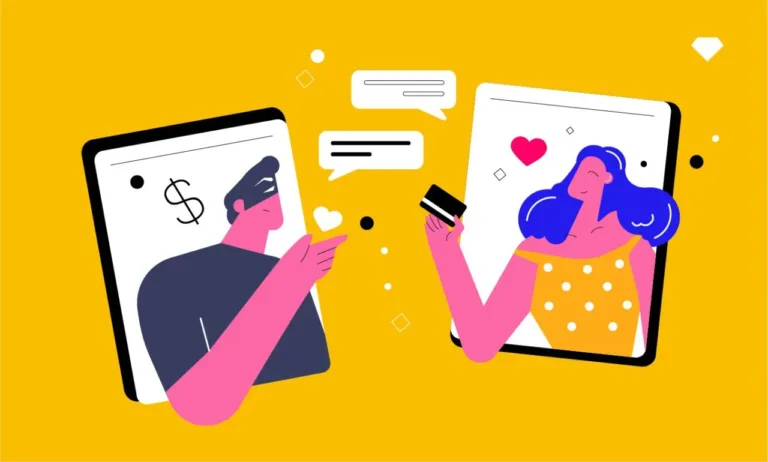Top 8 ISO 20022 Coins to Buy 2025
ISO20022 coins have become a hot topic, as the idea of certain digital assets aligning with international banking protocols has rapidly gained traction.
A year ago, this might have seemed far-fetched, but today, more projects are actively seeking integration with traditional finance.
This global financial messaging standard—known for its unified language between banks and payment platforms—could spark a significant wave of mainstream crypto adoption.
Key Takeaways:
Show
Why ISO 20022 Matters?
For years, cryptocurrencies have struggled with volatility concerns and limited integration into conventional financial infrastructures.
That’s where ISO 20022 coins steps in. By creating a standardized format for exchanging financial data, it helps banks and payment systems like SWIFT communicate more efficiently.
For crypto, adopting these standards means smoother interactions with legacy banking, reduced transaction errors, and a boost in institutional trust.
The Best 8 Coins: How ISO 20022 Crypto Compliance Works
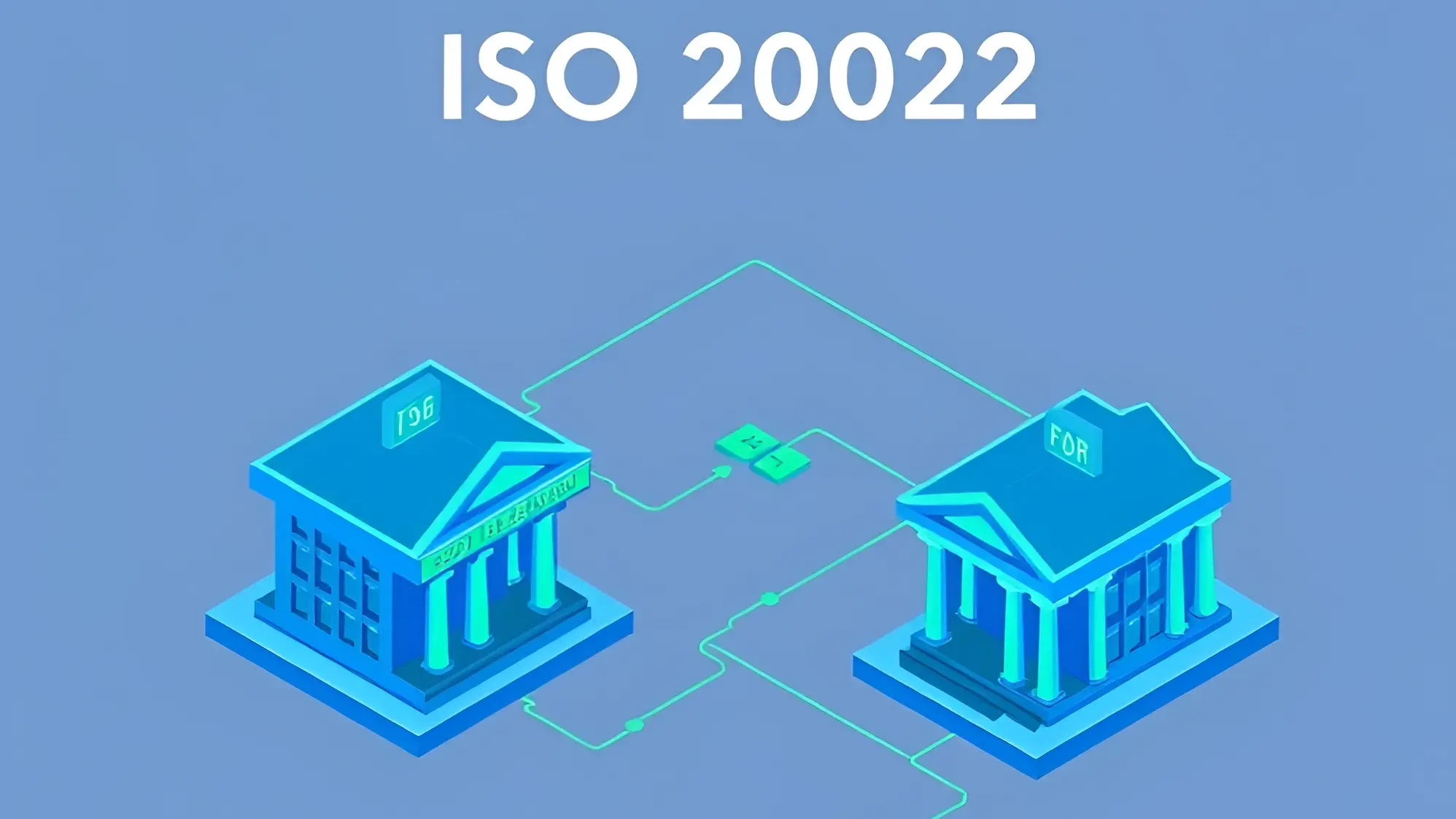
Many enthusiasts assume that an ISO 20022–compliant coin means the token itself follows a certain code. Here are the simplified process behind it:
- Initiation: User sends a transaction in ISO 20022 format.
- Processing: Data is structured in XML for bank compatibility.
- Validation: Checked for security, AML/KYC, and network approval.
- Settlement: Recorded on blockchain and processed by financial networks.
- Integration: Enables seamless crypto-traditional finance communication.
But the real story is about the project’s payment network and how it seamlessly exchanges data with external systems.
The end goal? Foster an ecosystem where cross-border transactions are swift, cost-effective, and secure.
Below is a closer look at the most prominent ISO20022 coins, projects pioneering the effort to blend crypto innovation with time-tested financial structures.
1. Ripple (XRP)
Ripple’s XRP has been making headlines for years, especially in the realm of cross-border payments.
Acting as a bridge currency, XRP aims to streamline settlements between various fiat currencies at a fraction of the traditional cost.
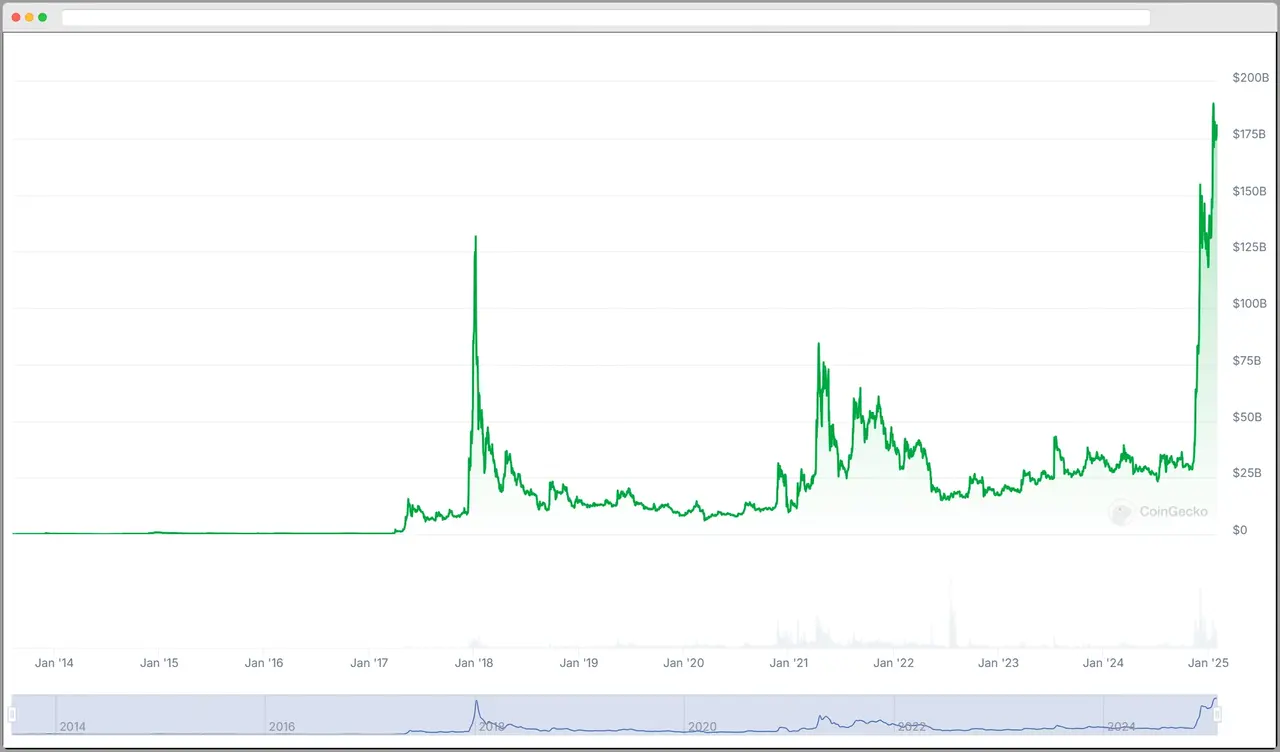
Adopting ISO 20022 further cements XRP’s role as a practical alternative to legacy banking, delivering fast, secure, and scalable remittances across international borders.
2. Cardano (ADA)
Cardano’s research-first approach has turned plenty of heads, and it’s now among the leading ISO20022 coins.
By aligning its network with this global standard, Cardano aims to let traditional financial institutions transact easily using its native token, ADA.
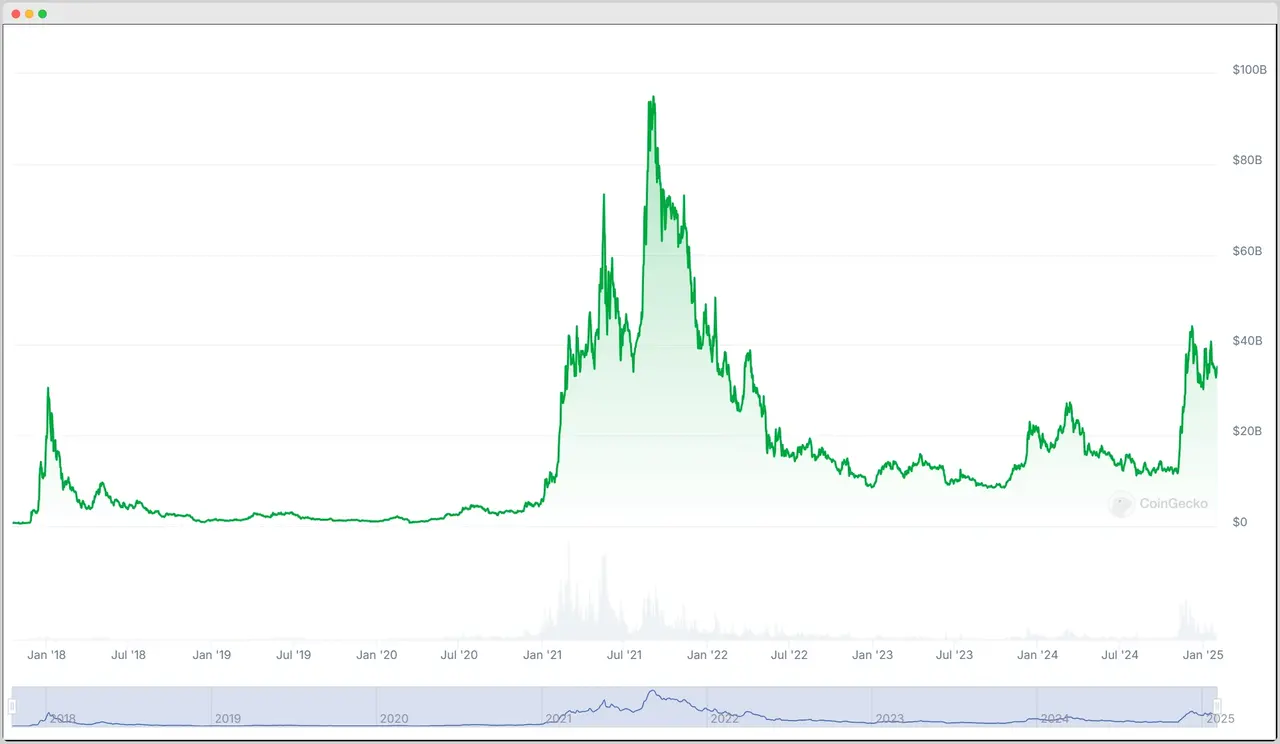
This also paves the way for more robust smart contracts, DeFi ventures, and dApps built on its secure, scalable network.
3. Stellar (XLM)
Long hailed as a go-to network for fast, low-cost cross-border payments, Stellar is another big advocate of ISO 20022.
Through this standard, XLM transactions can seamlessly mesh with older banking infrastructure.
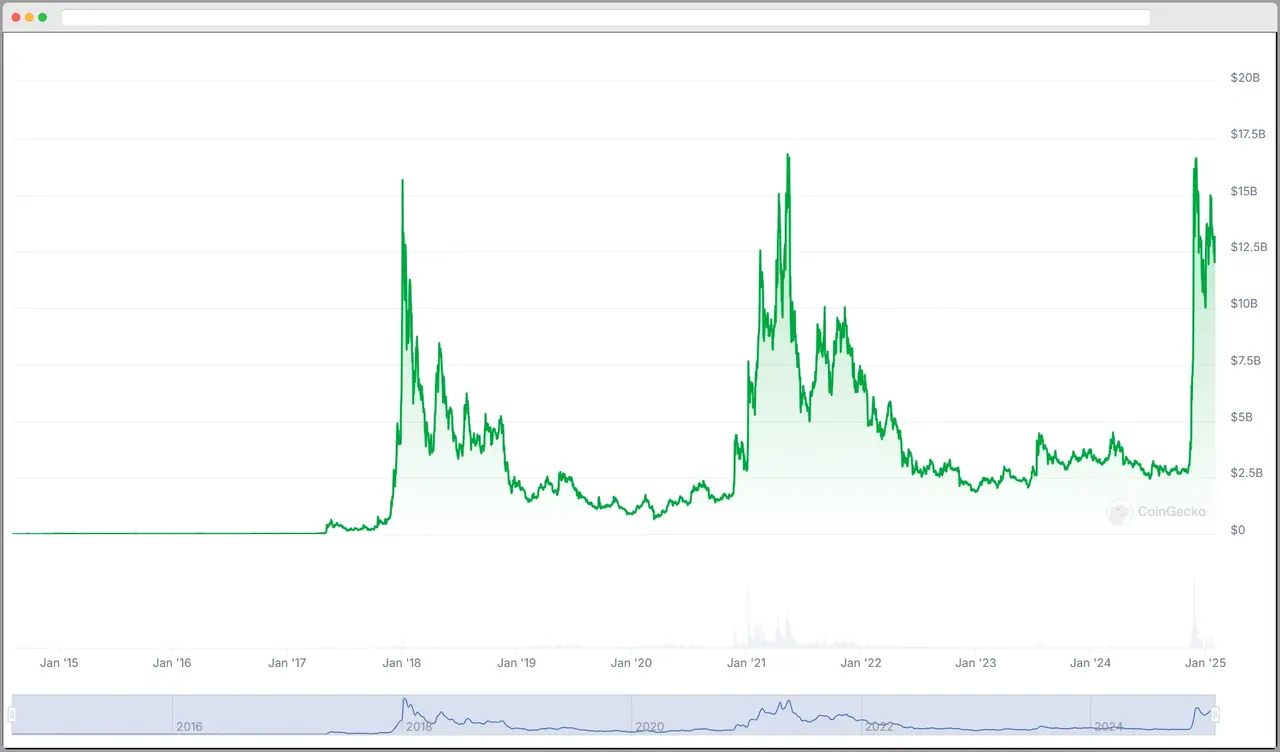
Stellar’s mission to provide financial access for unbanked communities makes it a prime candidate for bridging crypto with existing payment networks worldwide.
4. Hedera (HBAR)
Hedera Hashgraph leverages a directed acyclic graph (DAG) structure for consensus, boasting quick and energy-efficient transactions.
Its token, HBAR, powers network security through staking and also underpins on-chain governance.
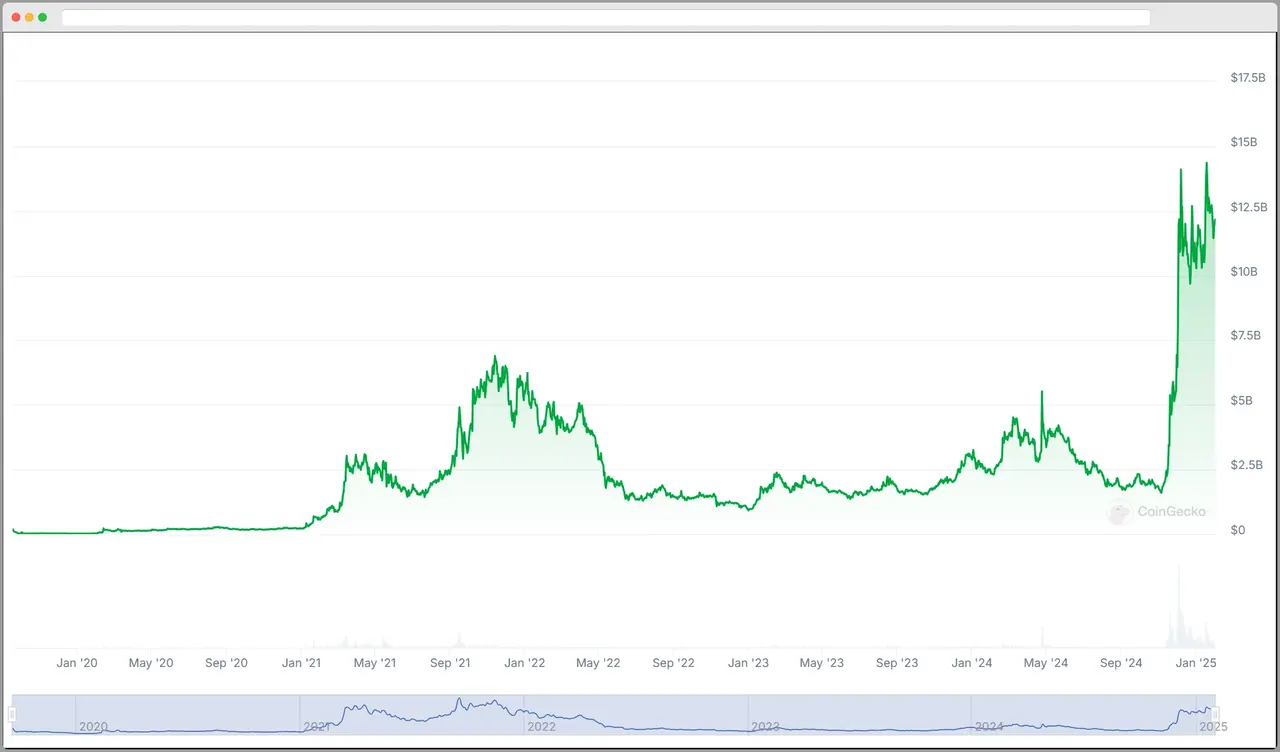
The project’s push toward ISO 20022 compliance enhances its credibility among enterprises eager for scalable yet eco-friendly solutions (less gas fees).
5. Quant (QNT)
Quant’s Overledger protocol is all about interoperability, linking multiple blockchain networks under one roof.
By aligning with ISO 20022, Quant extends its focus on universal connectivity to encompass traditional finance as well.
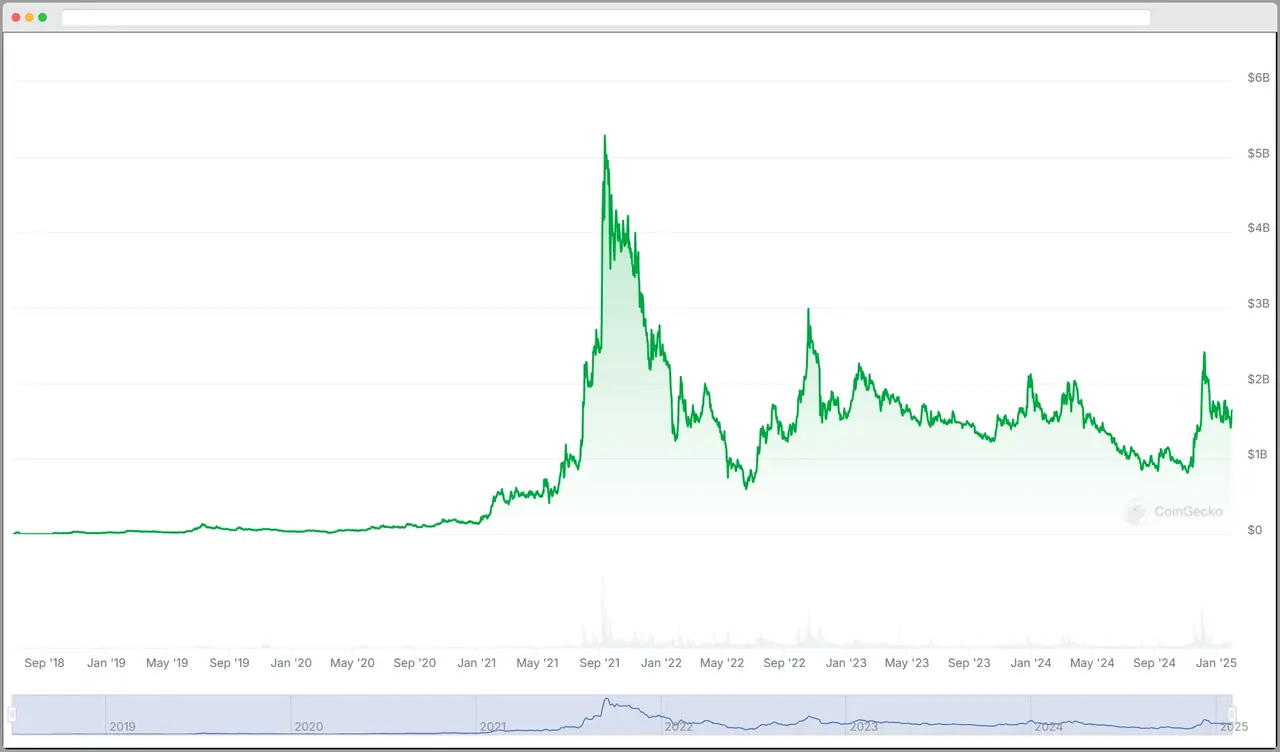
Its decentralized governance model and interoperability solutions give businesses and developers a fresh, standardized channel for cross-network transactions.
6. Algorand (ALGO)
Algorand uses a unique consensus mechanism that confirms transactions in seconds while maintaining security and decentralization.
By conforming to ISO 20022, Algorand envisions broader acceptance—particularly with banks and other financial institutions looking for user-friendly on-ramps.
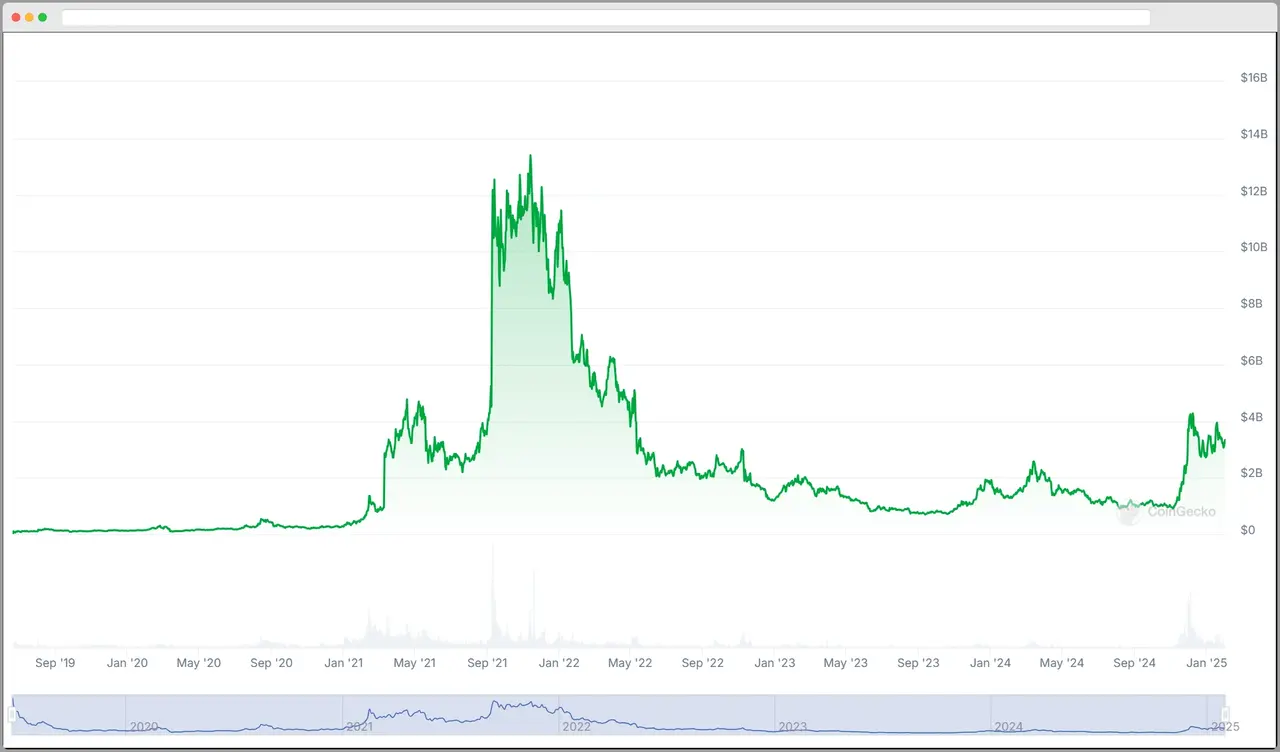
As it bolsters its dApp ecosystem, this compliance could open the doors for large-scale partnerships and institutional growth.
7. IOTA (IOTA)
With a directed acyclic graph (DAG) architecture called Tangle, IOTA specializes in feeless microtransactions—perfect for Internet of Things (IoT) use cases.
In embracing ISO 20022, IOTA can streamline data sharing among connected devices on a global scale.
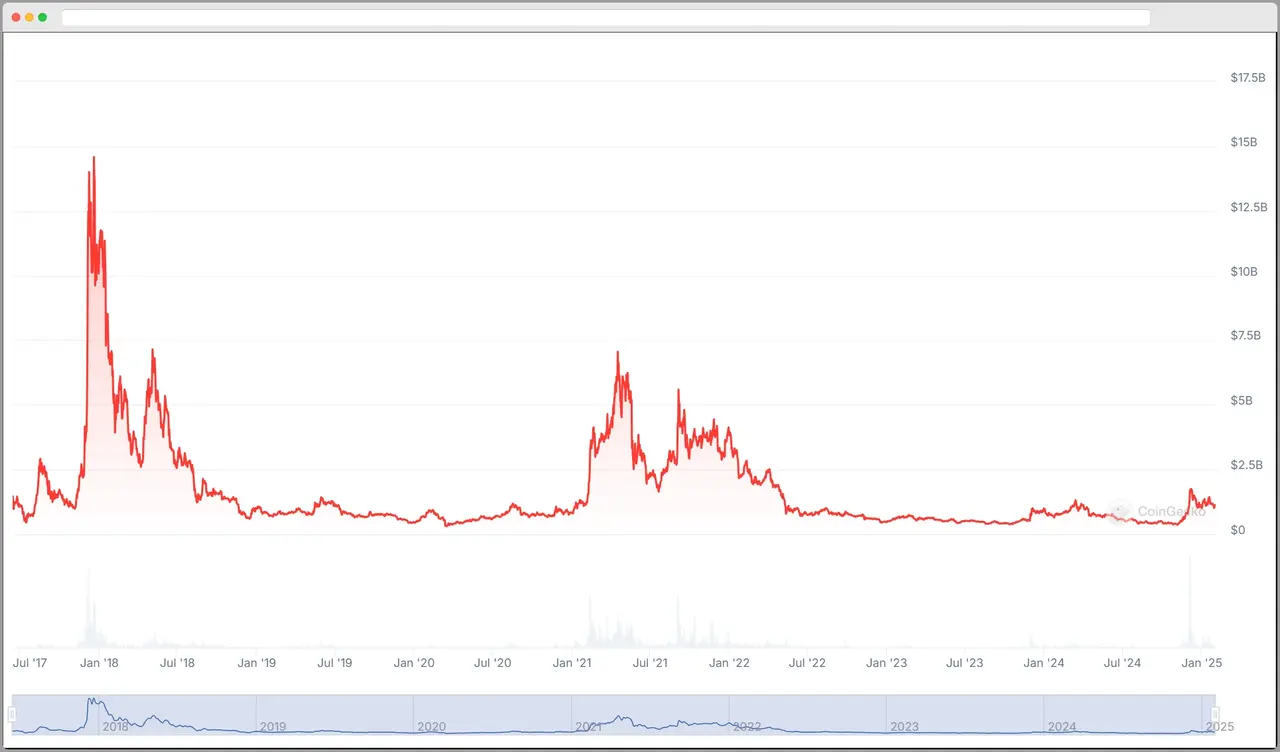
The network’s quantum-proof features and lightweight framework could then integrate more tightly with major IoT projects, slashing costs and boosting efficiency.
8. XDC Network (XDC)
XDC Network merges public and private blockchain attributes to address cross-border payments, trade finance, and supply chain bottlenecks.
With a Delegated Proof of Stake (DPoS) model, XDC minimizes transaction costs and confirmation times.
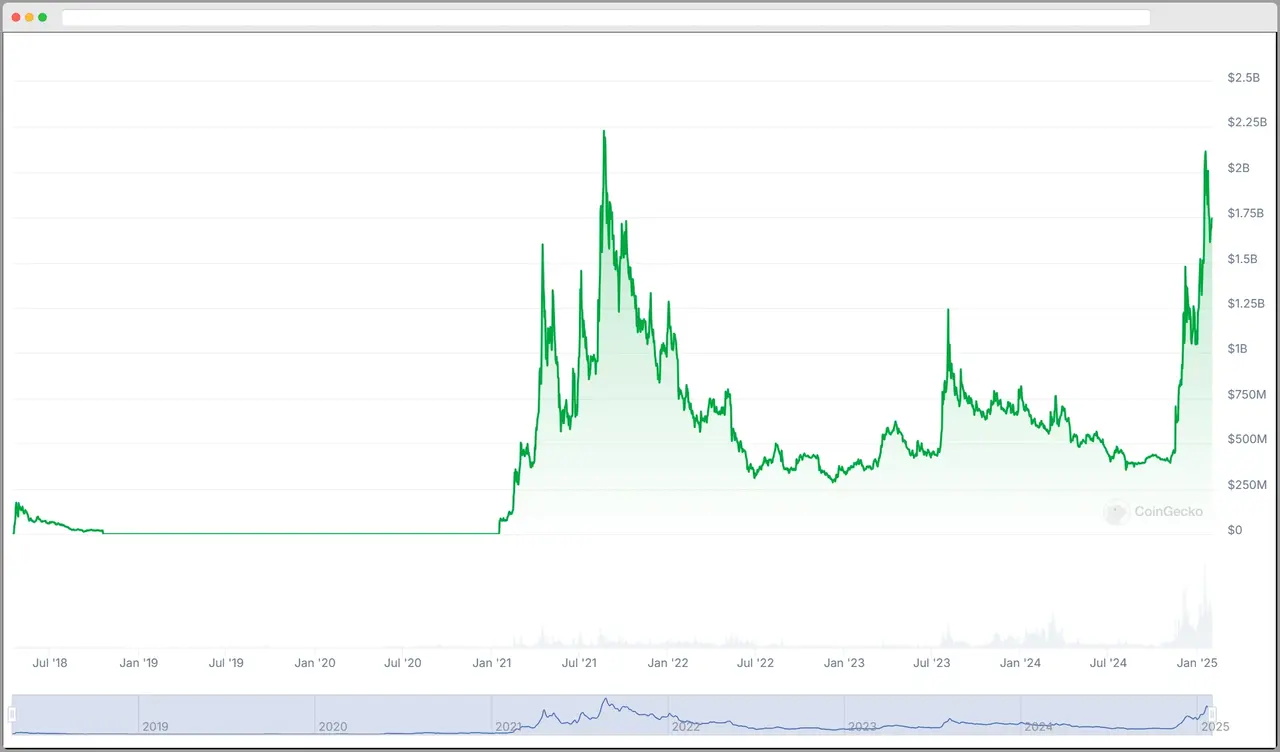
ISO 20022 alignment refines XDC’s potential for real-world use, especially in streamlining trade finance operations across multiple borders.
Final Thoughts
From cost-effective cross-border payments to revolutionary IoT integrations, these projects offer a glimpse of how the gap between blockchain technology and traditional finance could soon vanish.
As more developers and institutions jump on board, ISO 20022 compliance looks poised to reshape the crypto ecosystem—and the broader financial world—in the near future.
By embracing this global financial messaging standard, ISO20022 coins are setting the stage for mainstream crypto adoption.
Frequently Asked Questions (FAQs)
What is ISO 20022 simple explanation?
ISO 20022 is a global standard for financial messaging that defines how financial data is structured and exchanged electronically. It ensures consistent, rich data formats across different payment and securities systems, improving interoperability and efficiency.
What does ISO 20022 mean for crypto?
For crypto, ISO 20022 compatibility can make it easier for blockchain-based solutions to integrate with traditional banking systems. If a crypto project aligns with ISO 20022’s messaging formats, banks and financial institutions can adopt or interact with that project’s technology more seamlessly.
Is ISO 20022 replacing Swift?
Rather than completely replacing Swift, Swift is migrating its messaging standard from the older MT format to ISO 20022. This transition aims to enhance the quality, clarity, and interoperability of cross-border payments and financial communications.
Does ISO 20022 use XRP?
ISO 20022 itself does not “use” any specific cryptocurrency. However, Ripple (which uses XRP) has developed solutions that are ISO 20022-compliant, facilitating easier integration with banking systems adopting the new standard.
Why banks are moving to ISO 20022?
Banks are transitioning to ISO 20022 because it:
- Provides richer data in payment messages, reducing errors.
- Enhances interoperability among different national and international financial systems.
- Improves straight-through processing (STP) by standardizing data fields.
- Enables future innovations like real-time payments and easier integration with blockchain technologies.


